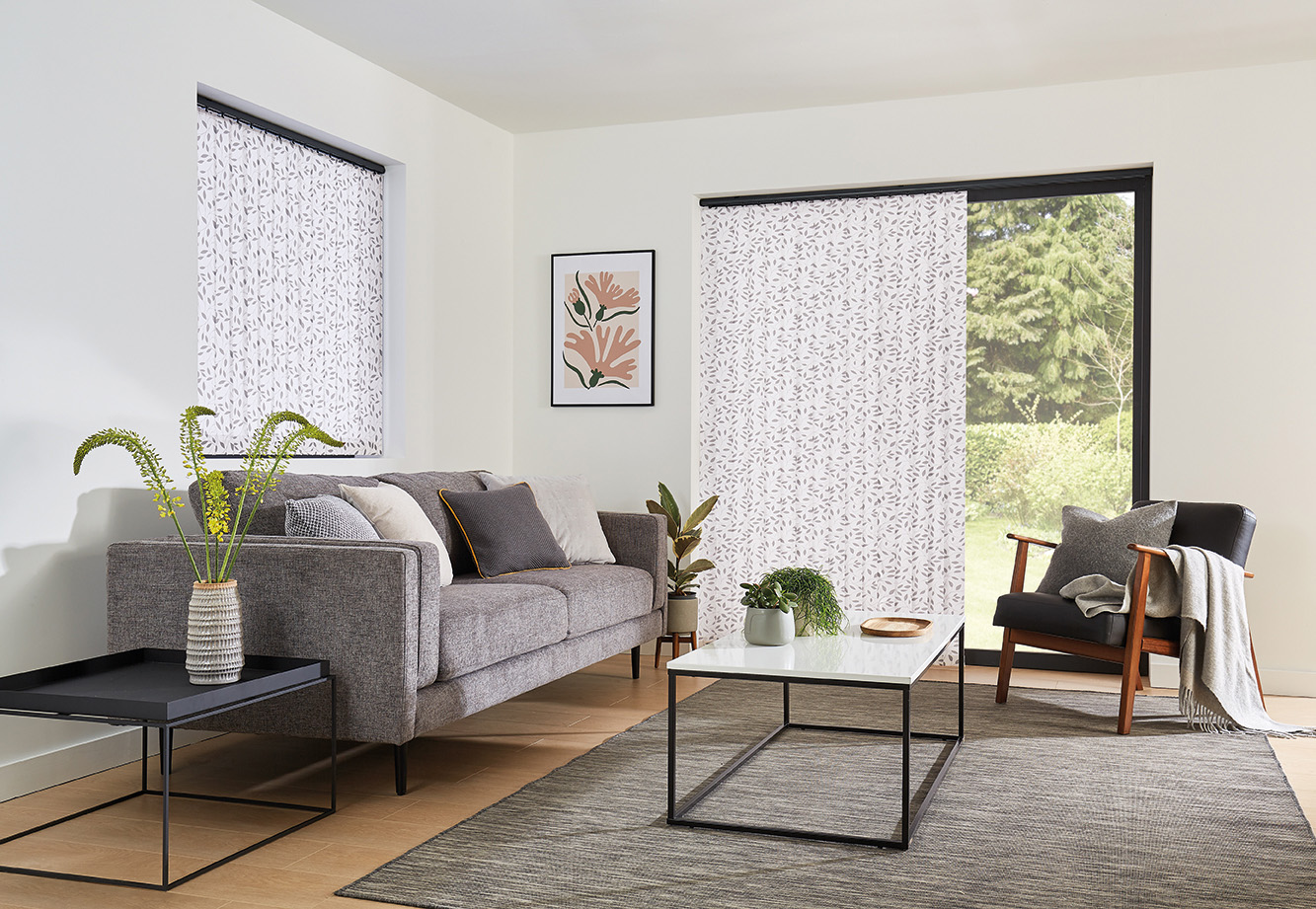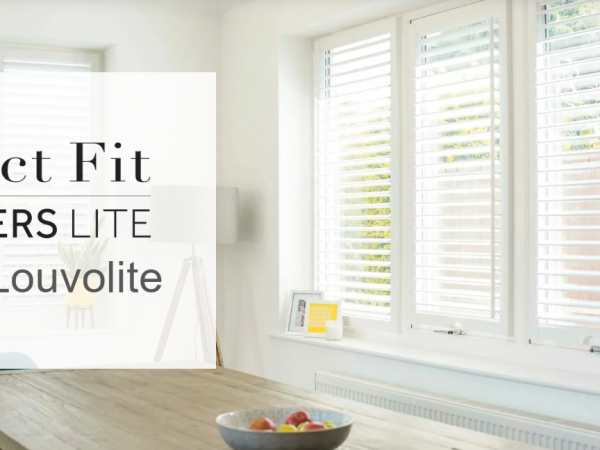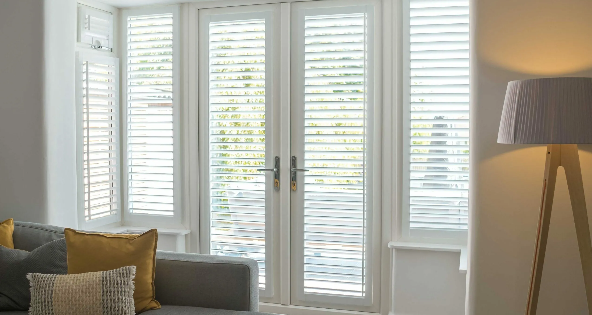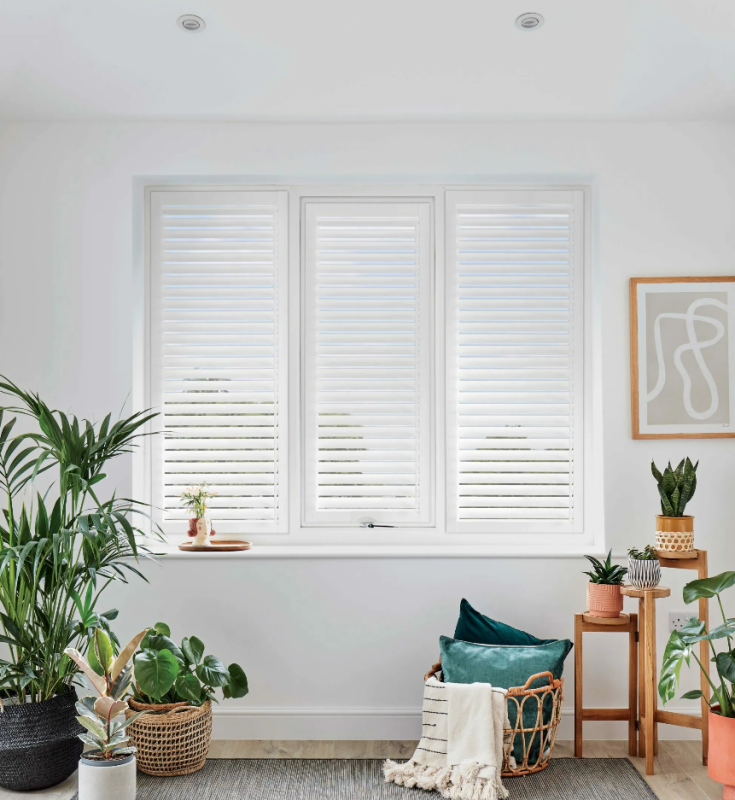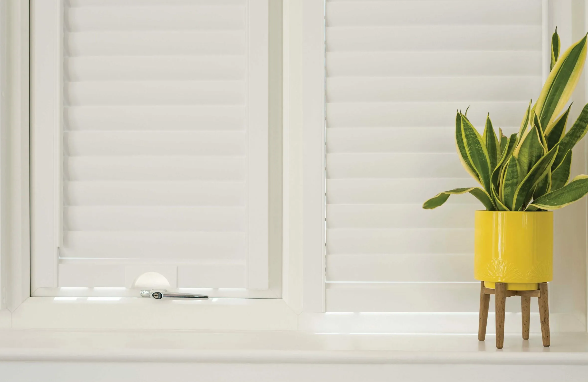Vertical blinds have been a staple in home and office décor since their inception in 1950 by Edward & Frederick Bopp. The duo, who started their company ‘Sun Vertical’ and patented their invention in 1960, sparked a revolution in window treatments that continues to influence design choices today. But what makes vertical blinds so popular, and how have they evolved over the decades? This blog delves into the history, functionality, and aesthetic appeal of vertical blinds, shedding light on why they remain a top choice for homeowners and designers alike.
The Birth of Vertical Blinds
In the 1950s, vertical blinds emerged as a modern alternative to traditional drapes and horizontal blinds. Edward & Frederick Bopp’s innovation not only introduced a new way to control light and privacy but also set the stage for continuous evolution in the field of window treatments.
Decades of Development
The 1970s marked a period of limited options in terms of fabrics and colours, with a focus on beige and white hues. However, technological advancements have since expanded the range of choices available, making vertical blinds more versatile and adaptable to various interior styles.
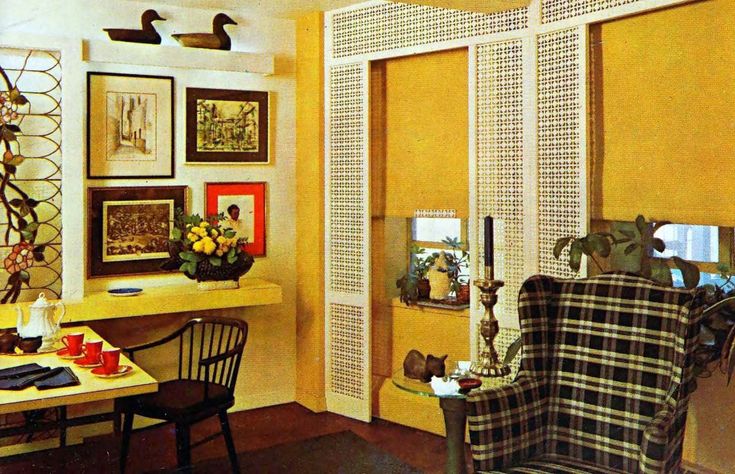
Understanding Vertical Blinds
Vertical blinds are characterised by their slats that run from top to bottom, providing a distinct look and functionality compared to other types of blinds. They are particularly effective on sliding doors and large windows, offering maximum control over light and privacy with minimal maintenance.
Functional Advantages
One of the key advantages of vertical blinds is their ability to control light and privacy. They are easy to adjust, allowing homeowners to regulate the amount of sunlight entering a room while maintaining a comfortable level of privacy.
Aesthetic Appeal
Vertical blinds are not just functional; they are also aesthetically pleasing. Available in a range of colours and designs, they can complement any interior décor, from classic to contemporary. Their elegant and simple design makes them a popular choice in stores and online.
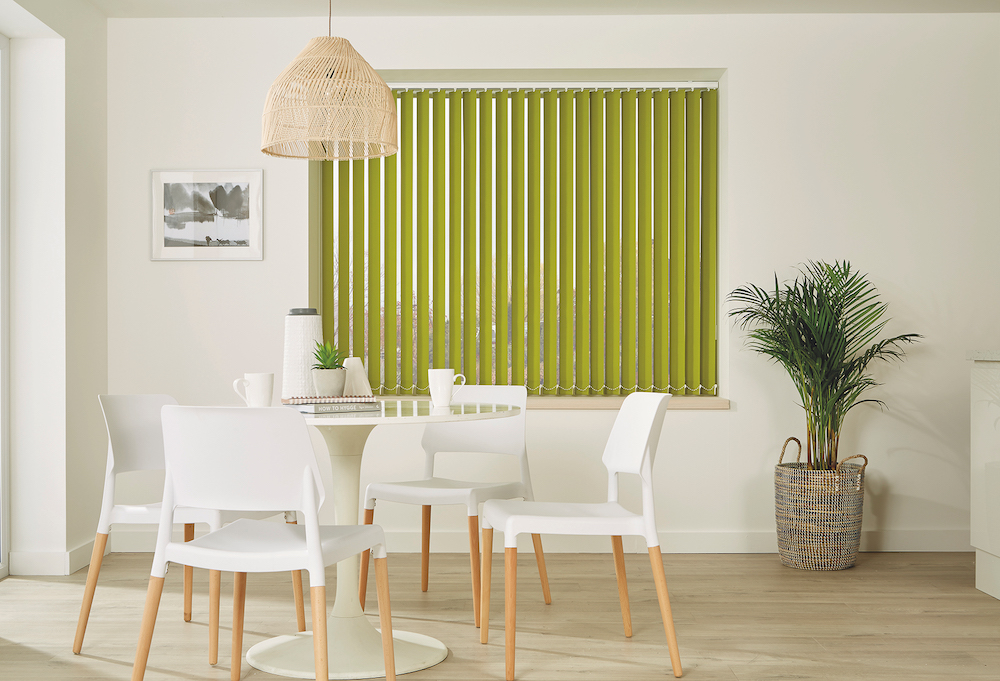
Light and Shade Management
Vertical blinds are excellent for managing light and shade in a room. They protect against glare from streetlights and harmful ultraviolet rays, enhancing sleep quality and safeguarding furniture and valuables.
Privacy and Comfort
The design of vertical blinds offers a balance between privacy and comfort. The adjustable slats provide the freedom to let in the desired amount of sunlight while keeping prying eyes out.
Maintenance and Longevity
Compared to conventional blinds, vertical blinds are easy to maintain. They can be cleaned with a simple cloth and, in some cases, are even washing machine friendly. Their design allows for easy replacement of individual slats, contributing to their longevity.
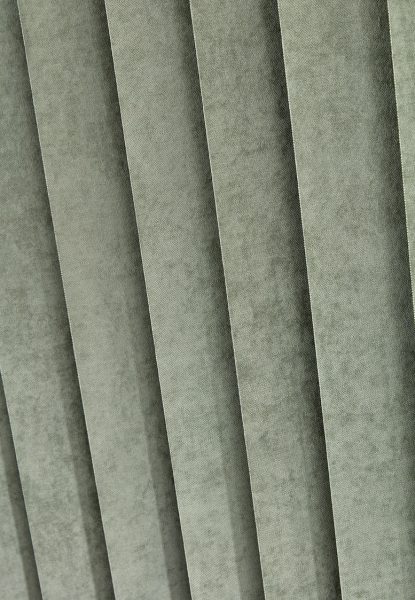
Creative Customisation
Vertical blinds offer numerous customisation options. From festive reds to a rainbow of colours, homeowners can choose blinds that reflect their style and enhance the aesthetics of their space.
Cost-Effectiveness and Global Recognition
Recognised globally for their elegance and practicality, vertical blinds provide a cost-effective solution for window treatments. They offer long-term value at a low cost, making them an accessible option for homes and offices worldwide.
An Alternative to Curtains
Vertical blinds present a compelling alternative to curtains. They are less expensive, easy to fit, and available nationwide, making them a convenient choice for many homeowners.
Versatility in Application
The versatility of vertical blinds extends to their suitability for various rooms. Whether in a child’s room, bathroom, bedroom, office, or kitchen, vertical blinds can enhance the look and feel of any space with their array of fabric options.
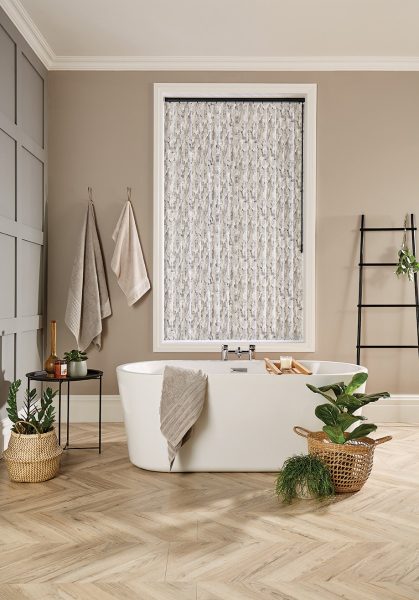
Contemporary Relevance
Since their early days, vertical blinds have grown in style and practicality. Today, they are one of the most in-demand types of blinds, found in millions of homes and continuing to be a part of interior design history.
Future of Vertical Blinds
Looking ahead, vertical blinds are poised to continue evolving, with a focus on sustainability and innovative designs. The future promises even more adaptable and eco-friendly options in the world of window treatments.
FAQs
What makes vertical blinds different from other types of blinds?
Vertical blinds differ primarily in their orientation and functionality. Unlike traditional horizontal blinds, vertical blinds have slats that run from top to bottom. This design makes them particularly effective for sliding doors and large windows, as they can be drawn sideways, offering better control over light and privacy. Their vertical orientation also tends to gather less dust, making for easier maintenance.
How do vertical blinds contribute to energy efficiency in a home?
Vertical blinds can significantly contribute to energy efficiency. By controlling the amount of sunlight entering a room, they help maintain a consistent indoor temperature, reducing the need for heating or air conditioning. In summer, they can block out harsh sunlight to keep rooms cooler, whilst in winter, they can be opened to let in warm sunlight. This thermal regulation can lead to lower energy bills.
Can vertical blinds be customised to fit specific window sizes?
Yes, vertical blinds are highly customisable. They can be made to fit various window sizes and shapes, making them suitable for almost any room. Whether you have large sliding doors, tall windows, or uniquely sized openings, vertical blinds can be tailored to fit perfectly, both in width and length.
Are vertical blinds suitable for all types of interior décor?
Vertical blinds are incredibly versatile in terms of design and can complement a wide range of interior décors. They come in various materials, colours, and patterns, allowing them to fit seamlessly into different styles, from modern and minimalist to traditional and elegant. Their simplicity makes them a subtle addition that can enhance the overall aesthetic of a room.
How easy is it to maintain and clean vertical blinds?
Vertical blinds are relatively easy to maintain and clean. Their vertical slats are less prone to accumulating dust and can be easily wiped down with a damp cloth or duster. Many fabric vertical blinds are also detachable and can be washed in a machine or by hand, depending on the manufacturer’s instructions. This ease of maintenance ensures that they remain fresh and clean over time.
What are some emerging trends in vertical blind designs?
Recent trends in vertical blind designs include the use of sustainable and eco-friendly materials, textured fabrics, and bold, contemporary colours and patterns. Smart home integration is also becoming popular, with motorised vertical blinds that can be controlled remotely or through smart home systems. These advancements reflect a growing desire for convenience, environmental consciousness, and personalisation in home décor.

